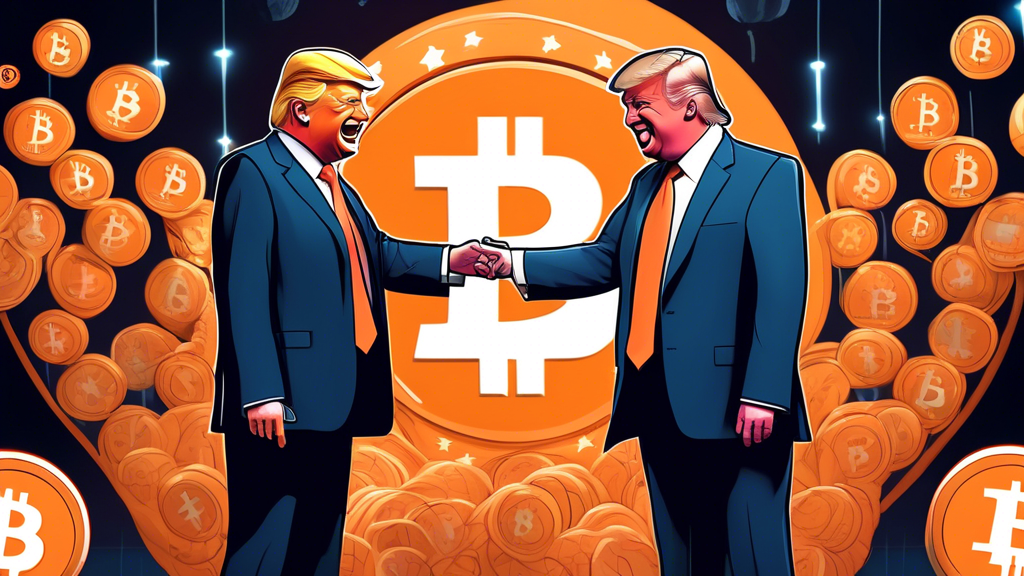NFT Sales Dip by 11.16%, Bitcoin Takes Hit Despite Dominating Market Share
The non-fungible token (NFT) market has experienced a significant downturn, with sales dropping by 11.16% recently. This shift in the digital assets landscape has occurred amidst a broader volatile environment for cryptocurrencies, including Bitcoin, which has taken a hit in value despite maintaining a dominant position in the market share. This article delves into the factors behind these market movements and their broader implications.
The Decline in NFT Sales
The recent sales dip in the NFT sector marks a notable reversal from the explosive growth observed over the past year. Industry experts attribute this decline to multiple factors, including market saturation, speculative trading practices, and evolving regulatory concerns. These dynamics have led to a cooling off period, as collectors and investors reassess the value and prospects of NFTs.
Market data indicates that the sales volume of NFTs has decreased across various platforms, impacting both primary and secondary markets. High-profile NFT projects have not been immune to this downturn, with some witnessing significant drops in floor prices and transaction volumes.
Bitcoin’s Market Position
Despite the downturn in the NFT market, Bitcoin, the leading cryptocurrency by market capitalization, has consistently maintained its dominance. However, it too has faced challenges, with its value experiencing fluctuations amid a complex mix of macroeconomic factors, regulatory developments, and technological advancements.
Bitcoin’s resilience is often attributed to its established market presence, widespread adoption, and the perception among investors as a digital gold or hedge against inflation. Nevertheless, its recent performance has not been immune to the broader market sentiment affecting the cryptocurrency space, leading to a cautious approach among investors.
Implications for Investors and the Market
The recent developments in both the NFT and Bitcoin markets underline the volatility and uncertainty inherent in the digital asset space. For investors, the dip in NFT sales and Bitcoin’s price fluctuations signal a need for careful portfolio management and a deeper understanding of market dynamics.
Moreover, these market movements highlight the interconnectedness of the cryptocurrency ecosystem. As digital assets continue to evolve, their impact on each other and the broader financial market becomes more pronounced. This trend necessitates a holistic approach to investment in this sector, considering not just individual assets but also their relationships and the macroeconomic environment.
As the digital asset market matures, its susceptibility to shifts in investor sentiment, regulatory changes, and technological innovations will likely persist. Whether these recent trends represent temporary setbacks or a longer-term market correction remains to be seen. However, they certainly underscore the importance of diligence, diversification, and a long-term perspective in navigating the cryptocurrency and NFT landscapes.
Looking Forward
Going forward, stakeholders in the NFT and cryptocurrency markets will be closely monitoring these developments for signs of stabilization or further volatility. The future trajectory of these digital assets will be shaped by a complex interplay of factors, including user adoption rates, technological breakthroughs, regulatory frameworks, and global economic conditions.
Ultimately, the recent downturn in NFT sales and the challenges facing Bitcoin highlight the ever-evolving nature of the digital asset space. As this market continues to develop, it offers both significant opportunities and risks, reflecting the pioneering yet precarious frontier of modern finance.


